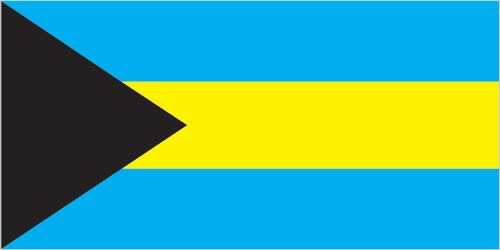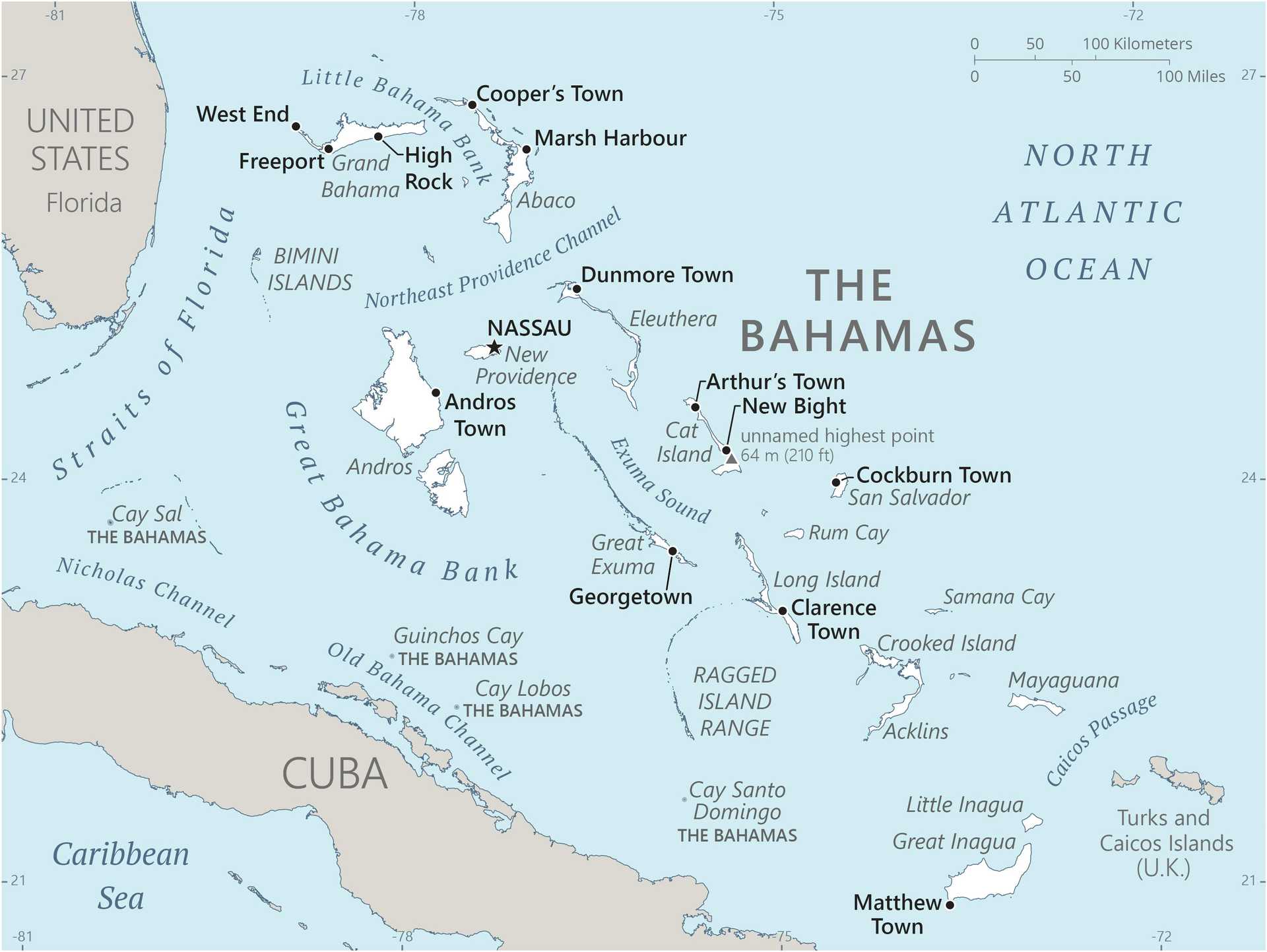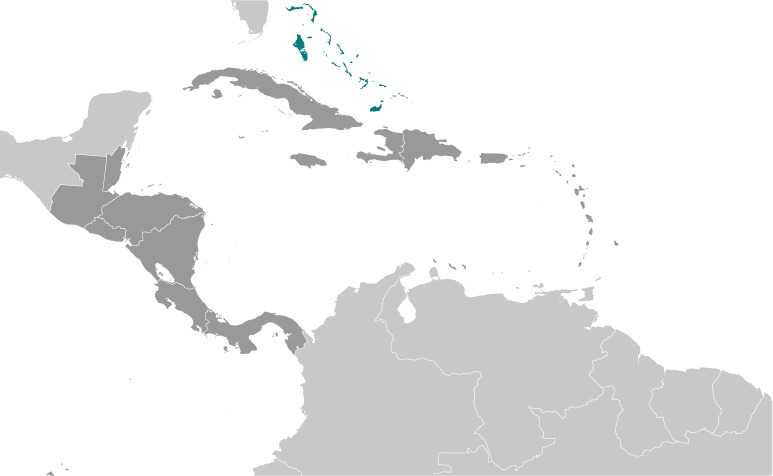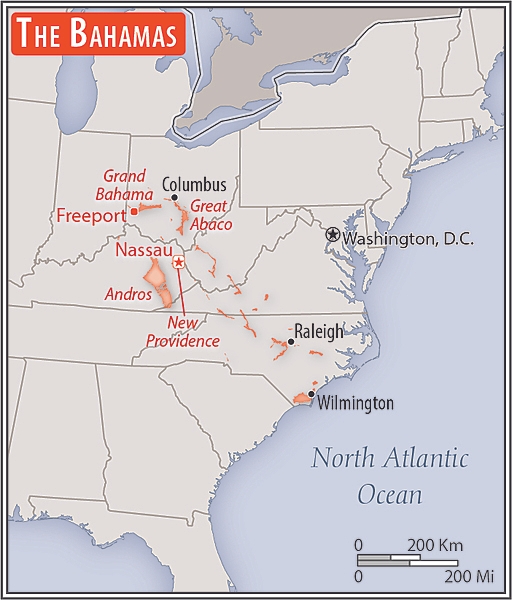Introduction
Visit the Definitions and Notes page to view a description of each topic.
Geography
People and Society
Population
comparison rankings: total 176; male 177; female 175
Median age
comparison ranking: total 133
Population growth rate
comparison ranking: 88
Birth rate
comparison ranking: 132
Death rate
comparison ranking: 175
Net migration rate
comparison ranking: 34
Maternal mortality ratio
comparison ranking: 75
Infant mortality rate
comparison ranking: total 138
Life expectancy at birth
comparison ranking: total population 104
Total fertility rate
comparison ranking: 209
Obesity - adult prevalence rate
comparison ranking: 21
Alcohol consumption per capita
comparison ranking: total 29
Tobacco use
comparison ranking: total 123
Education expenditure
comparison ranking: Education expenditure (% GDP) 163
Environment
Carbon dioxide emissions
comparison ranking: total emissions 150
Government
Economy
Real GDP (purchasing power parity)
comparison ranking: 159
Real GDP growth rate
comparison ranking: 106
Real GDP per capita
comparison ranking: 65
Inflation rate (consumer prices)
comparison ranking: 10
GDP - composition, by sector of origin
comparison rankings: agriculture 188; industry 190; services 15
Industrial production growth rate
comparison ranking: 3
Labor force
comparison ranking: 174
Unemployment rate
comparison ranking: 139
Youth unemployment rate (ages 15-24)
comparison ranking: total 64
Public debt
comparison ranking: 49
Taxes and other revenues
comparison ranking: 83
Current account balance
comparison ranking: 132
Reserves of foreign exchange and gold
comparison ranking: 122
Energy
Electricity
comparison rankings: installed generating capacity 148; consumption 149; transmission/distribution losses 15
Energy consumption per capita
comparison ranking: 45
Communications
Telephones - fixed lines
comparison ranking: total subscriptions 135
Telephones - mobile cellular
comparison ranking: total subscriptions 177
Broadband - fixed subscriptions
comparison ranking: total 136
Transportation
Merchant marine
comparison ranking: total 19






